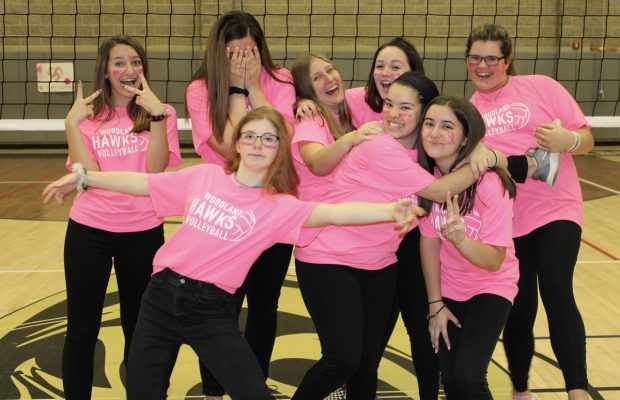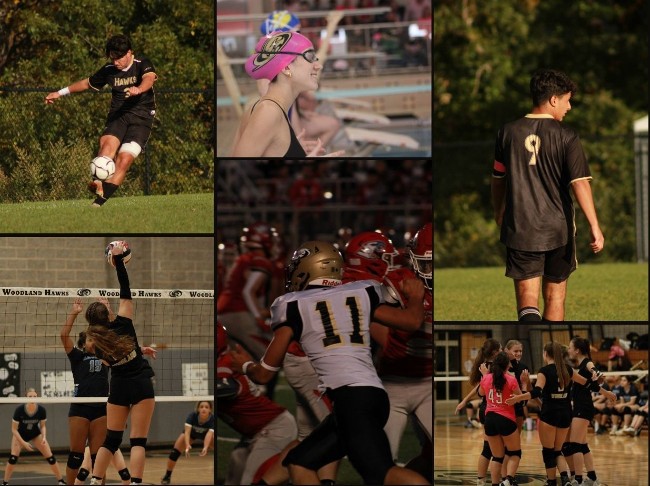 “Nine? You really need nine managers?”
“Nine? You really need nine managers?”
“Well [insert their sport here] doesn’t have managers.”
“So managers are just people who didn’t make the team?”
My response: No, nine managers are not necessary-yet they all have jobs. [I don’t know why no one wants to manage your sport, especially considering your amazing personality.] And yes, some people choose to manage when they don’t make the team, but many choose to manage simply because they enjoy it.
“Our managers are a fourth team that we have.” – Jim Amato
While most sports don’t need many managers, over the years the volleyball program at Woodland has come to depend on them for stat tracking, stat calling, hit tracking, serve tracking, book, libero, and Hudl. Yes, there are only seven jobs; however, volleyball games, from the first year match to the end of the varsity match, usually average about six hours, so it is highly unreasonable for the same two people to do book and libero for all three matches.
Sylvia Lemanski, senior captain, understands the needs of a large amount of managers.
“There’s so many things you have to track, where it’s just so complicated that one person can’t do everything,” stated Lemanski.
This is absolutely true. As the amount of managers in the program grew, so did the amount of jobs. No one knows this better than Emily Vance, new manager, who is in charge of one of the newer jobs: hit tracking.
“It [the large amount of managers] helps a lot because there’s so many different jobs,” stated Vance.
Hit tracking was designed a couple of years ago as a way to track the opposing team’s strongest hitters and which part of the court they target often. Although new, the varsity volleyball team has come to rely on it often over the years.
Another newer job is serve tracking, which is similar to hit tracking, but instead tracks the other team’s service. Mikayla Guthrie, another rookie manager, has been placed in the position of serve tracker.
“For serve tracking, the girls can see how many times you pass a ball from a certain server in case they lose track,” Guthrie stated. “I feel like that kind of helps.”
Emma Krushinski, a manager in her third year of the program, has been placed in many different jobs and has learned a lot over her past years and knows how lucky the program is to have stats such as serve and hit tracking.
“Serve tracking and hit tracking–that’s something that I don’t know any other team [does],” stated Krushinski. “We’re able to see how the other team serves, and how well a certain player will do with hitting.”
Overall, the management staff helps out the team in order to make them as good as they possibly can be. Jim Amato, Head Coach, considers the managers just a part of the team like any player.
“Our managers are a fourth team that we have. We have first year, we have junior varsity, we have varsity, and we have management,” stated Amato. “I know on a personal level, having managers in practice to be able to run the clock track stats and be targets is more than helpful that whether I don’t have to pull a player out of repetition, they get to stay in the drills each and every time.”




















